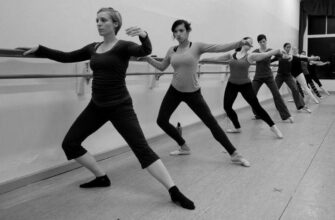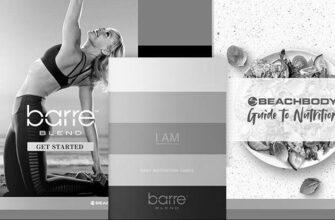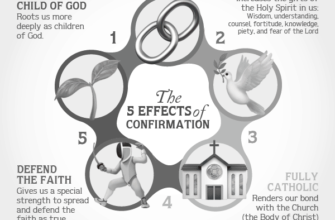Learning how to dance an easy ballet solo is easier than you might think. You don’t have to learn complicated steps; you can always make them up as you go. Besides the dance steps, the style of your outfit and hairstyle can make a big difference, as they can convey the mood of the dance. If you’re not accustomed to wearing a bun, try braiding it or pinning some pins to spice it up. Of course, consult a doctor first if you are injured to avoid any serious injury.
Pas de bourree
The pas de bourree is a beautiful classical dance in which the dancer flits from one leg to another, alternating weight. It can be performed on pointe or demi-pointe and involves several small steps. The dancer typically performs this pas de bourree while en pointe. The jumps in this routine are often called cat steps, and the dancer will naturally use the back leg in retirement as a prop.
The pas de bourree is a versatile ballet dance that requires no prior training. It is performed by two dancers and is an easy solo for beginners. The first dancer should begin the pas de bourree with the fifth position of the feet. The second leg should be raised in the air and brought down in front of the first foot. This simple ballet solo is performed in several ways, and the dancer should practice it to become proficient in this step.
Variations of pas de bourree
You can easily create your easy ballet solo with these variations of the pas de bourree. This beautiful dance is an excellent example of a classical ballet step. It would help if you started in stage L, where you’ll be positioned in the grand pile. From there, you should face SR and do a roulette. From there, you can perform a 1st arabesque while facing the audience.
This classical ballet step is most commonly performed in allegro rhythm and can be completed in various ways. You’ll need to include arm, wrist, and head movements and stretching the feet. Whether you choose the point or half point, remember to raise your feet and extend them properly. In this video, Margin Woodin demonstrates a typical pas de bourree.
Assemble
You’re ready to assemble an easy ballet solo, but where should you start? First, you should master excellent technique. Assembles can be learned at home, privately, or even in a formal ballet class. Regardless of the method, you’ll need discipline and inspiration to succeed. The basic movement called assembling involves raising one leg and extending the other to the side or back. You may then turn and land in a fifth position.
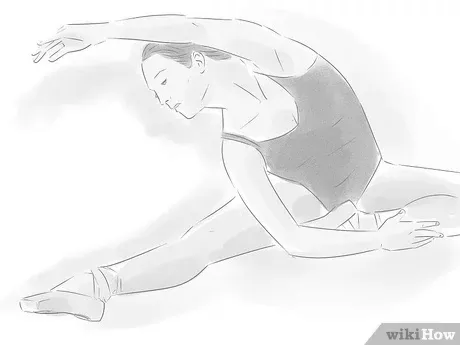
Roud de jambe en l’air
The most common mistake students make while learning the Roud de jambe en l ‘air is the double rond de ‘jambe.’ The proper way to learn the double rond de ‘jamb’ is to do two small circles next to the standing leg, then finish with a circular stance. Then, students should learn the gargouillade. Once students have learned the double rond de ‘jamb,’ they can try the ‘gargouillade.’
The traditional rond de ‘jambe en l’air cannot be performed with a raised thigh. The raised leg must remain still, not rotate or go up and down. Often, students raise the thigh to 90 degrees and lower it to the standing knee. This violates a basic tenet of the rond de ‘jambe’ and destroys the shape. The incorrect execution also adds extra stress to the knee.
Rond de jambe en l’air
The Rond de jambe en l’air can be tricky to learn, but don’t worry. It is an introductory ballet solo, and it’s completely doable. To begin, you should be able to stand at the barre. To make the movement more accessible, you can extend your leg outward. Your portion should be close to the calf of the supporting leg. The accent of this movement is in the foot’s second position en l’air.
A grand rond de jambe is an example of an en dehors exercise. The working leg should be over the ball of the foot. To do the en dehors version, the supporting leg should be engaged. As you rotate away from the working portion, your leg should rise. You don’t want to distort your body’s shape. When doing a grand rond de jambe, avoid tipping your pelvis, lifting the working leg, or twisting your standing leg.
Échappe
The echappe is a classical dance movement that can be learned quickly by beginning students. Escape is a sliding or slipping movement performed by the dancer with her feet and legs. It can be performed from the fifth to the second, with her knees straight and toes pointed out. This technique is also known as the shaded escape sur pointes.
This easy ballet solo starts in the fifth position. The dancer executes a plie with her right leg while extending her left foot in a “tendu” position. The dancer then transfers the weight from her working leg to her front leg. This move is completed in the fifth position. The next step is a rapid jump. Beginning in a demi-plie, she extends her front leg sideways. From there, she jumps to the next position. She may finish in a degage in any place or the other two parts.
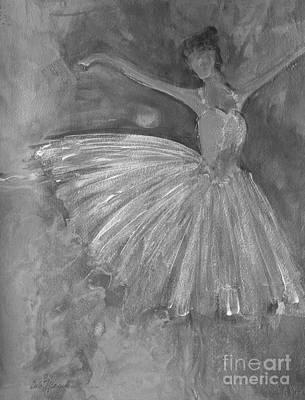
Cour de pied
The cour de pied is an essential step that can be performed from the first position. To start the cour de pied, begin by placing the point of your foot on the floor and then extend your leg towards the front, back, or side of your body. Then, return to the original position. You can also perform it from the fifth position, or they retire. In either case, you must extend your working leg to 90 degrees.
A few variations of the cour de pied include a plie, grand jete en Avant, and a Trois-quarter turn in the coup-de-pied. A ballet teacher can incorporate these moves into their classes in several ways. The first of these variations, called the petit battement, is a great place to start. For example, you can teach the pliés or tournées, both variations of the pliés.
Échappe en l’air
This simple dance movement is known as the echappe and is a popular part of the classical ballet repertoire. It involves jumping from one closed position to an open position. For example, in a shape saute, the dancer performs a deep pile and then leaps into the air. After landing in demi-plie, the back leg follows, doing splits in the air. This dance can also be performed by turning in the air.
The name echappe refers to the fact that this dance requires a small amount of energy. It involves a split on one foot where the foot is lifted more than 90 degrees. It is also known as a small jump because the foot is not moved from the mid-air position. These steps are part of the vocabulary of Vaganova, a classical style of ballet.
Trompe l’oeil
A Trompe-l’oeil painting is a technique that creates an illusion by making a surface appear different than what it is. A typical example of this technique is the Ghost Clock sculpture by Wendell Castle. This sculpture looks like it is made of cloth but is a solid piece of wood. It was a famous painting in Victorian England. Jacques Lacan compared it to a picture made of fabric, and he observed that when the same image is reproduced in a photograph, the viewer’s perception changes.
Trompe-l’oeil is an illusion based on a trick. It originated in ancient Greece, where two prominent painters competed to create illusionistic scenes. The winner, Zeuxis, painted grapes so skillfully that birds flew down to peck them. His opponent, Parrhasius, made an illusionistic curtain and fooled his fellow painter. This famous anecdote was repeated in later art treatises and influenced artists to recreate the tricks of their classical forebears.
Tour en l’air
The “tour en l’air” is an essential movement in ballet. It is a turn in the air performed by a dancer from the fifth position of plie. It is usually served with one revolution in the air. The image below shows the tour en l’air in passe. This step is performed by both male and female dancers, although the male must do a double tour.
This step can be performed in a variety of positions. Performing the tour en l’air is especially useful for beginners. The movement involves lifting and lowering the working leg, turning, and landing in an arabesque position. The supporting leg also performs a half turn while the working leg lands in an arabesque position. The body rotates in the opposite direction. The tour en l’air is one of the most accessible ballet solos to perform.



